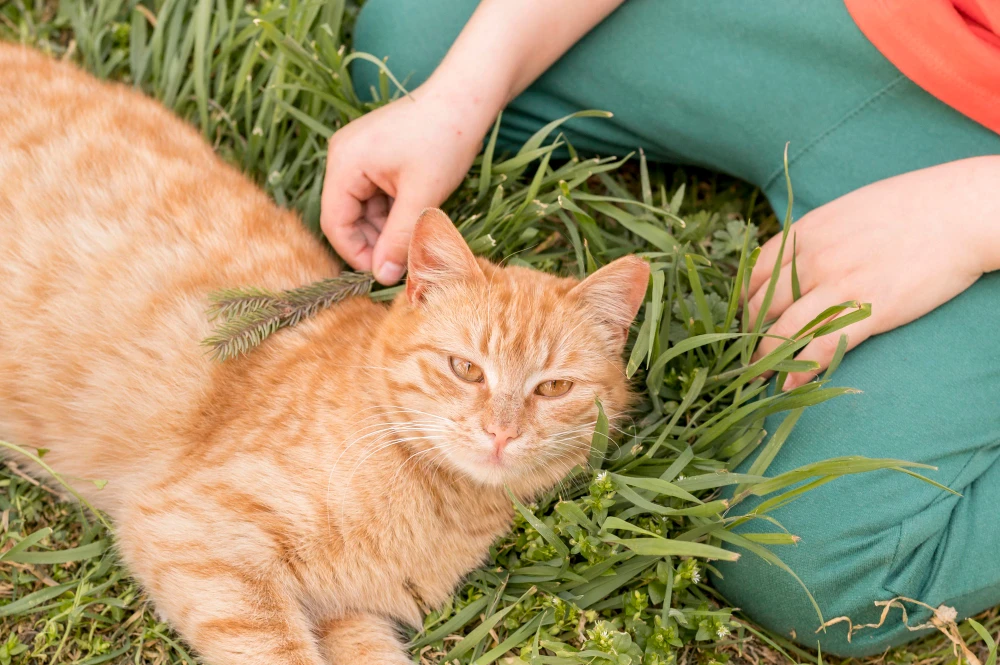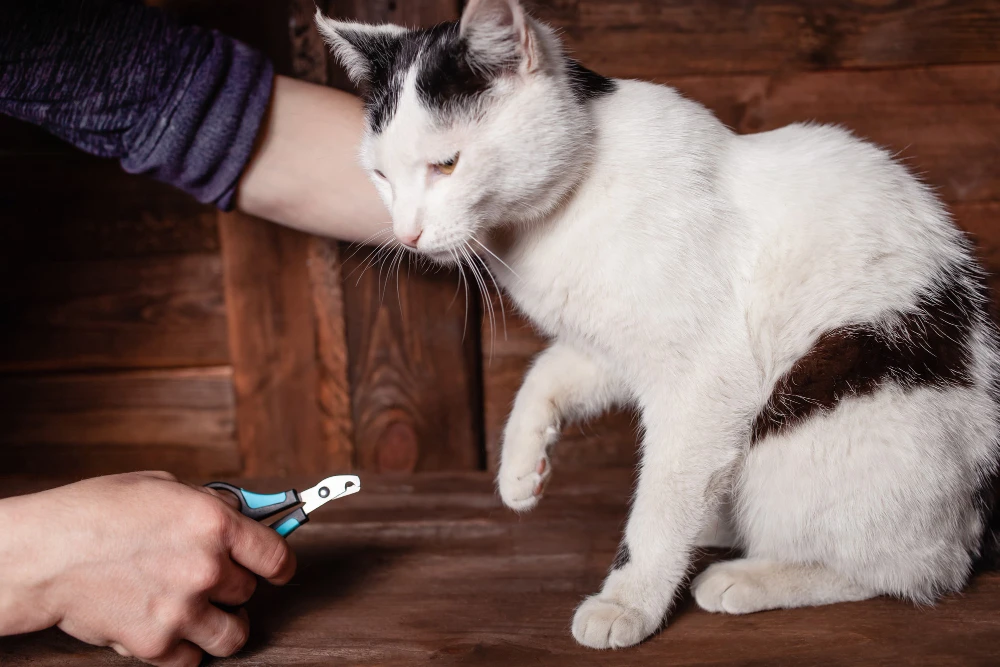If you are a cat owner, it is important to know that flea infestations can make life miserable for cats. While chemical treatments are common, many pet parents are turning to natural flea treatments for cats to avoid exposing their feline friends to harsh pesticides. The good news? Several gentle yet effective alternatives exist that can help keep your cat flea-free without compromising their health.
Why Natural Flea Treatments Are Gaining Popularity
More cat owners are seeking natural flea treatments for cats for several important reasons:
- Safety Concerns: Many conventional flea products contain harsh chemicals that may cause adverse reactions in sensitive cats.
- Environmental Impact: Chemical treatments can contaminate waterways and harm beneficial insects.
- Prevention Focus: Natural methods often work best when used preventatively rather than just treating infestations.
- Holistic Approach: These treatments often support overall skin and coat health while addressing fleas.


Effective Natural Flea Solutions for Your Cat
1. Food-Grade Diatomaceous Earth
This fine powder works mechanically rather than chemically, dehydrating fleas upon contact. Simply dust it lightly on your cat’s coat (avoiding face) and bedding, then brush out after a few hours. It’s safe when used properly and effective against all flea life stages.
2. Apple Cider Vinegar Rinse
A diluted apple cider vinegar solution (1 part vinegar to 2 parts water) makes your cat’s skin more acidic, creating an environment fleas dislike. Use as a final rinse after bathing or lightly mist on the coat between baths.
3. Coconut Oil Therapy
Rich in lauric acid, coconut oil naturally repels fleas while moisturizing skin. Massage a small amount into your cat’s fur, paying special attention to flea hotspots like the neck and tail base. The oil also helps suffocate existing fleas.
4. Herbal Flea Collars
Look for collars infused with safe, flea-repelling herbs like rosemary, chamomile, or cedarwood. These provide ongoing protection without exposing your cat to synthetic pesticides. For a DIY version, soak a fabric collar in herbal tea.
5. Lemon Water Spray
The limonene in lemons acts as a natural flea deterrent. Create a gentle spray by steeping sliced lemons in hot water overnight, then straining the liquid. Lightly mist your cat’s coat, avoiding the face and any irritated skin.
6. Regular Flea Combing
A fine-toothed flea comb physically removes adult fleas and eggs. Make this a daily ritual during flea season, dipping the comb in soapy water after each pass to drown captured fleas. This method is especially good for kittens and senior cats.
7. Brewer’s Yeast Supplement
When added to your cat’s food, brewer’s yeast makes their skin less appealing to fleas. The B vitamins also promote healthier skin and coat. Start with small amounts and consult your vet about proper dosing.
Maximizing the Effectiveness of Natural Treatments
To get the best results from natural flea treatments for cats, consider these tips:
- Be Consistent: Most natural methods require regular application to be effective.
- Combine Methods: Using two or more approaches together often yields better results.
- Treat the Environment: Vacuum frequently and wash bedding in hot water weekly.
- Start Early: Begin treatments before flea season hits for preventative benefits.
- Monitor Your Cat: Watch for any skin reactions and discontinue use if irritation occurs.

When to Consult Your Veterinarian
While natural flea treatments for cats are generally safe, it’s wise to:
- Check with your vet before trying new treatments, especially if your cat has health issues
- Seek professional advice if fleas persist despite natural treatments
- Get immediate care if your cat shows signs of flea allergy dermatitis
Final Thought
Choosing natural flea treatments for cats requires more effort than chemical alternatives but offers significant benefits for your cat’s long-term health. By combining several methods and maintaining a clean environment, you can effectively manage fleas without resorting to harsh pesticides. Remember that prevention is always easier than treating an established infestation, so start early and stay consistent with your chosen natural approach.

